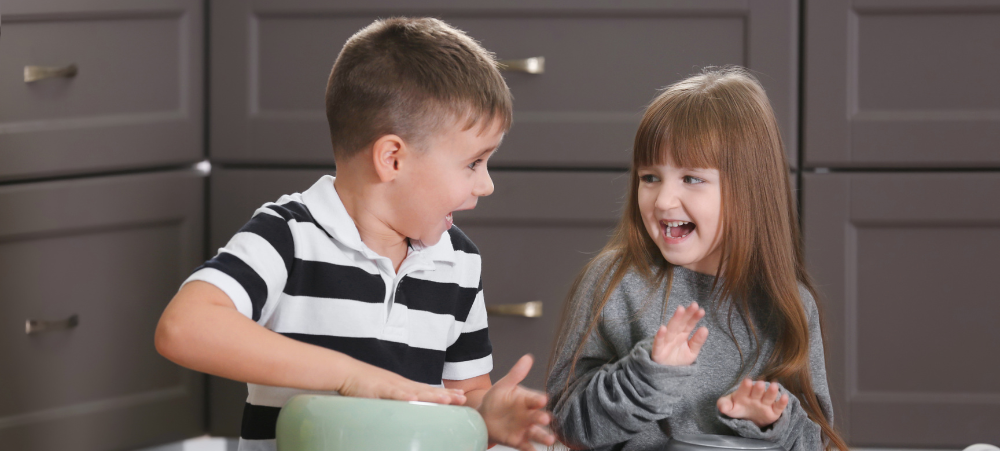
Help! My child is being bullied at school
Navigating a world of people can be more challenging that climbing the most treacherous of mountains! Cindy Glass, Director and Co-founder of Step Up Education Centres says “As people, we are governed by emotions, and, unless kept in check, negative emotions can lead to negative behaviours that are detrimental to others as well as to ourselves. Bullying is a national epidemic and the harmful effects on a bullied child can last a lifetime. If you can remember that we can only give to others how we feel about ourselves, we will understand that someone who has a need to hurt another is hurting himself!” Cindy goes onto say “As people, we are also like magnets. We unconsciously attract into our lives, people who reinforce how we feel about ourselves! Bullies, who have low self-esteem, tend to target children who have low self-esteem! Both parties deal with a lack of self-esteem or self-worth in their own way and both need assistance in changing this! And, herein, lies the first and most important key to stamping out bullying- improving confidence and self- value!” Cindy’s top tips for dealing with bullying: Help your child by becoming his safe-place. Ensure that you always have a non-judgemental ear to listen and a supportive shoulder to lean on! Help your child to reclaim his/her power. Within each of us is the power to make positive choices. We can choose to internalise the words or actions of a bully or we can choose to stay detached and not allow these negative behaviours to determine who we are! Teach your child that it is not ok to be treated badly by others. Do not ignore incidents of bullying in the hope that it will just go away. The lower your child’s sense of self becomes, the more intensely he/she is likely to be bullied! Remember that we cannot control the behavioural choices of others but we can control how we react to them. Consider enrolling your child into activities which build confidence. A confident child is less likely to be preyed upon by a bully. Try drama, sports, scouts, dancing, art, debating etc. If your child shows signs of being physically hurt by bullies, you will need to ask the teacher or even principal for help. Do not confront the bully yourself. This will most likely fuel the bully into expanding his attack on your child. Confronting the parents of the bully can lead to negative outcomes because of the intense emotions that both parties are likely to feel. Schools need to focus on teaching children emotional intelligence skills. Remember, it is the bullied child as well as the bully who need support in developing positive self-worth. Cindy concludes by stating “Bullying is never ok. There are no one-stop-shop solutions to the problem. We cannot ignore these destructive behaviours. Building self-worth is the key to long-term success!”


































